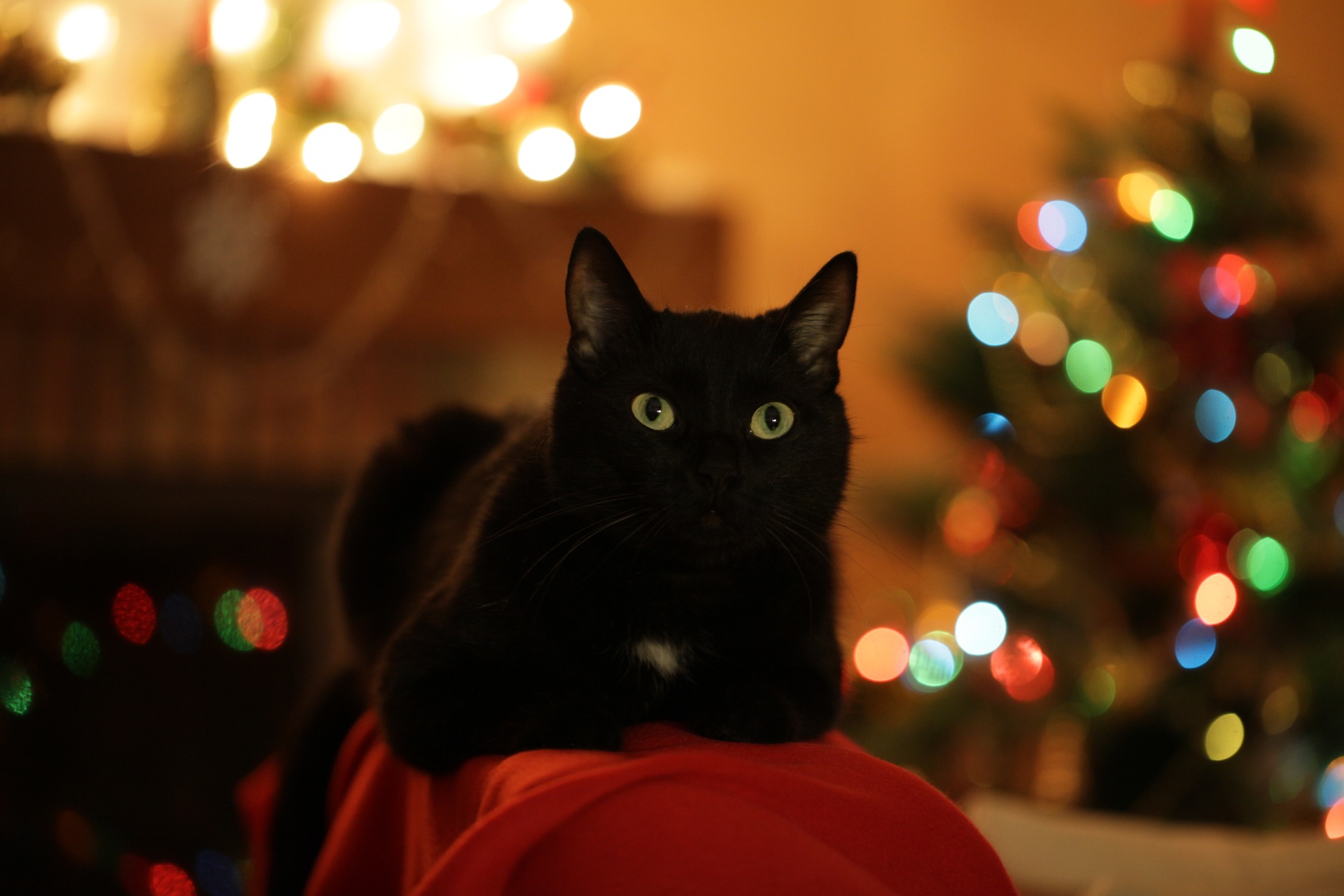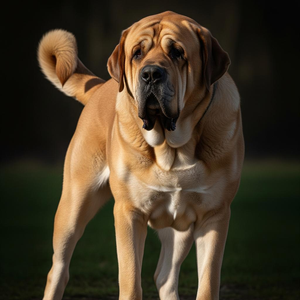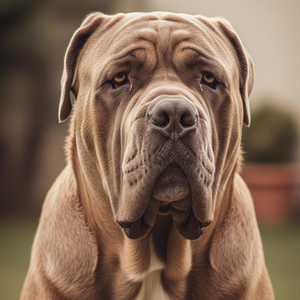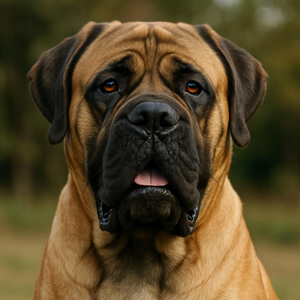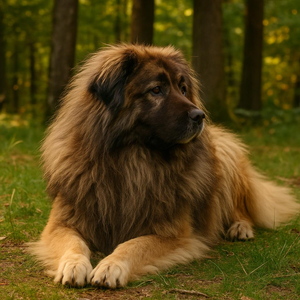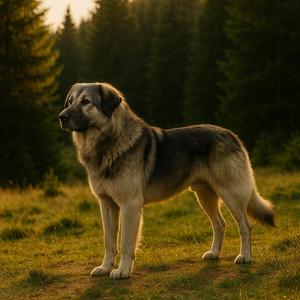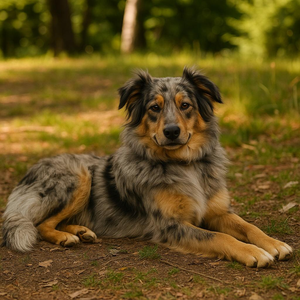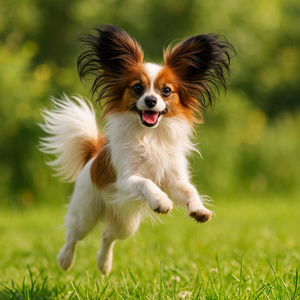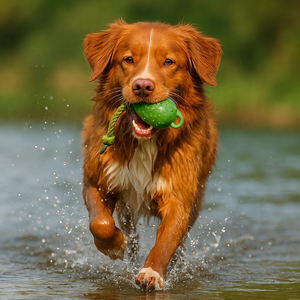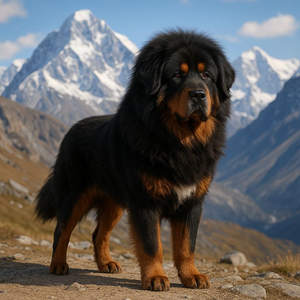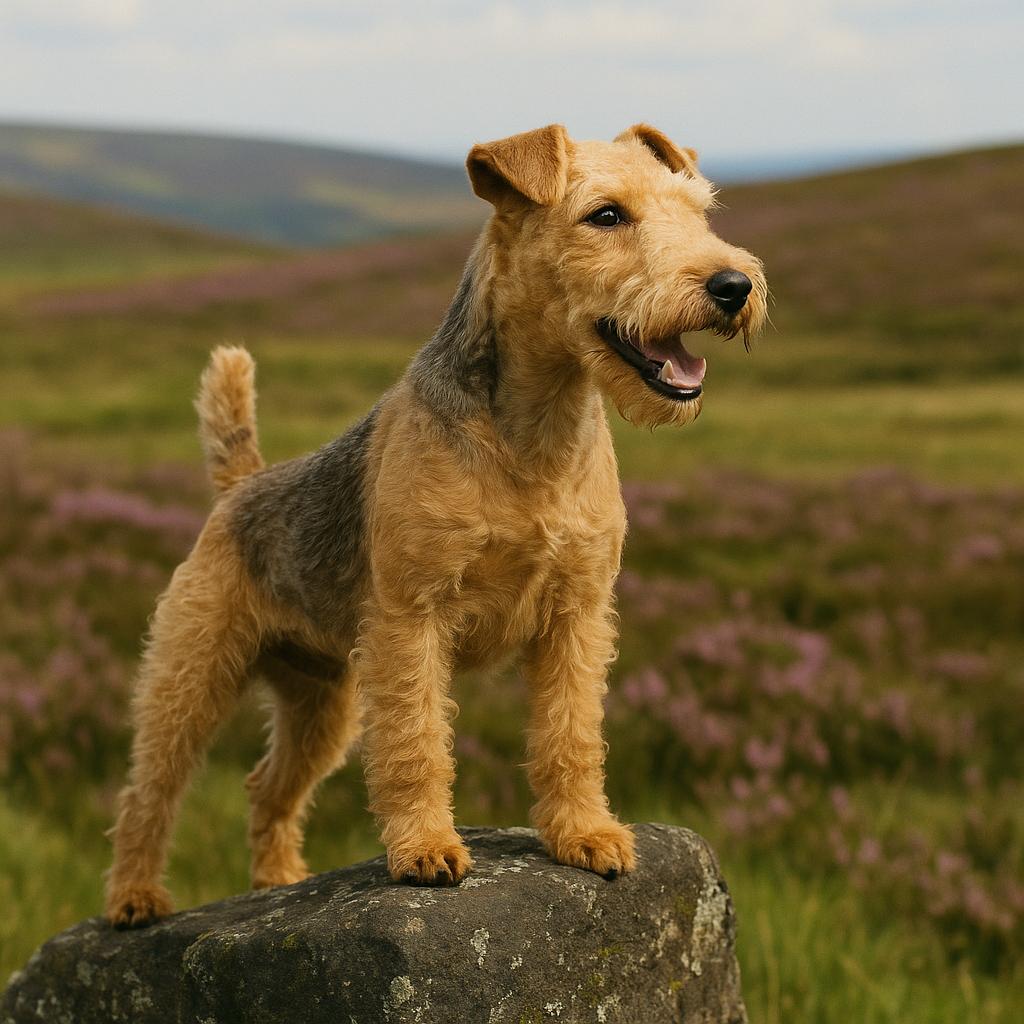
Insights on the Hardy Lakeland Terrier Dog Breed
The origin of the lakeland terrier dog breed lies in the British Isle between the Yorkshire, Westmoreland and Cumberland regions. The ancestors of the present-day lakeland terrier were the old English black and tan terrier, the bedlington and the border. The bedlington underwent crossbreeding to improve temperament and the border to increase hardiness, endowing it with a hard, waterproof coat.
Giving it this name was Lord Lonsdale, who was the first president of the lakeland terrier association; who, inspired by the lake landscape of his land, gave the dog breed the name lakeland terrier.
Originally the activity carried out by this small terrier was hunting. This activity helped forge the proud and courageous character. Indeed, he would fearlessly hunt foxes that approached his flock and chase them among the rocks and stones of northern England. He could discover the fox's hiding place and did not even hesitate to kill it if necessary.
They guarded the stables and kept away vermin, confronted types and rats. Today the lakeland terrier is still clearly a hunting dog. It is tireless and always on the lookout for a task. Perfect for the hunt for which he was selected, being agile and determined, he is capable of killing prey larger and stronger than himself.
Character of the lakeland terrier dog breed
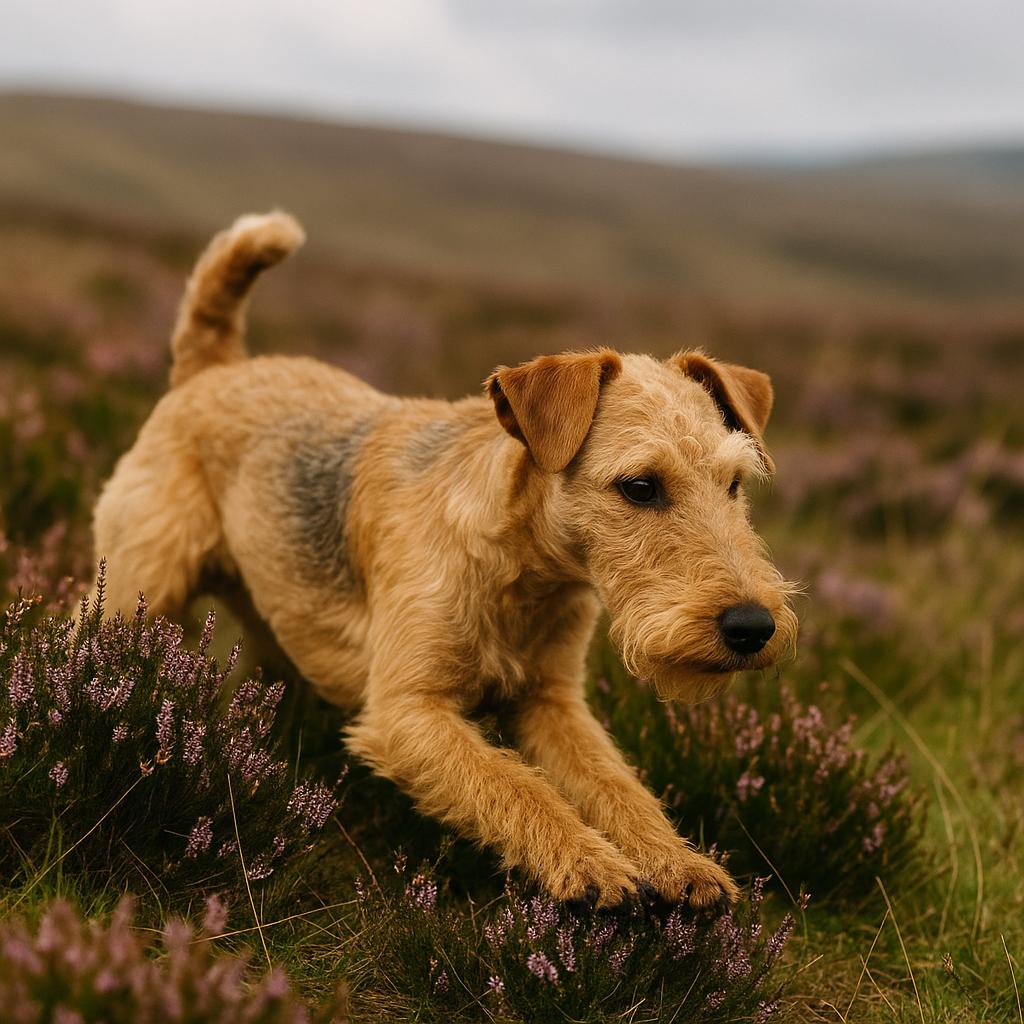
He can happily live in an apartment, in continuous contact with his family, but cannot be locked in the house for hours. He needs at least a couple of daily outings of more than half an hour. If we do not allow him his daily walks, he may suffer greatly. Ideally, he needs a house with a garden where he can spend a few hours a day outdoors.
He is easily trained because he is always ready to follow orders and obeys immediately. In the home he is a very docile companion dog, and if educated lovingly and consistently, he knows how to behave even in public places such as buses or restaurants. One of its character traits is jealousy; if its primary caregiver pays attention to another dog, the lakeland terrier will be very jealous.
With strangers he is rather reserved, so he is very apt to be an excellent guard dog, as he is very good at signaling the presence of people outside the family. In the home he shows himself to be polite and clean, a serious dog who does not make messes or petty vendettas, compared to many other terriers he is much quieter to keep in the home.
Another of his characteristics is the fact that he always stands on tiptoe, his muzzle is always very cheerful and smart. In relationships with other dogs he shows himself to be brave and confident, sometimes a bit bossy. As for other small animals in the house, he will get along well with them if they are introduced into the house when they are still puppies. They have a tendency to bark, and they hate to be disturbed while eating, and may become aggressive if this happens.
Appearance of the lakeland terrier dog breed
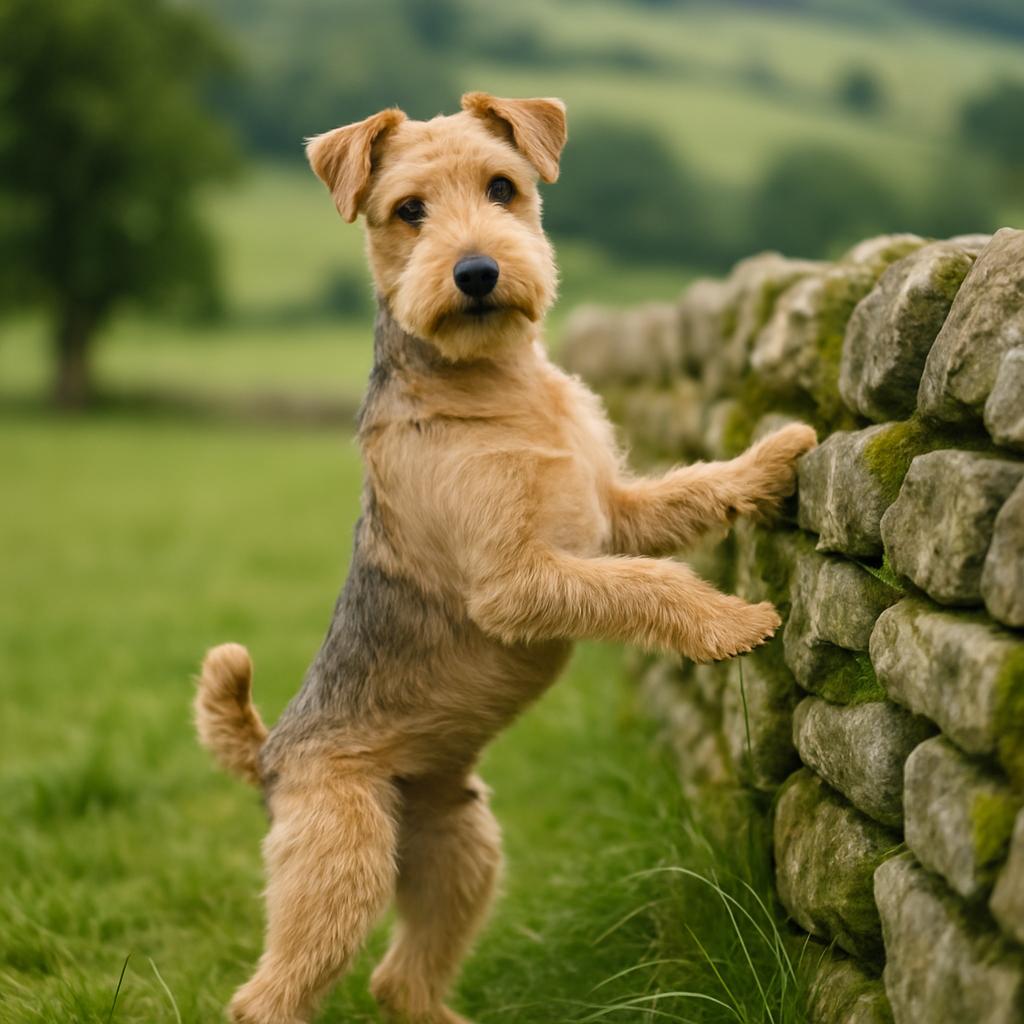
Its head is broad and short, the skull is long and flat, not too wide between the ears, narrowing toward the eyes, which are small and un-sunken, dark or in shades of hazel. The truffle is usually black, except in specimens with liver-colored coats, which may match the coat. The ears have a medium hairline and are rather small and V-shaped, briskly carried.
The coat consists of a woolly, warm undercoat and a short, very dense cover coat, which is hard and slightly curled to the touch. As for coat color, several variations are possible. From black to blue to brown to beige to red to black and tan or blue and tan. Some specimens also have small white spots. usually on the chest or paws.
Health and care of the lakeland terrier dog breed
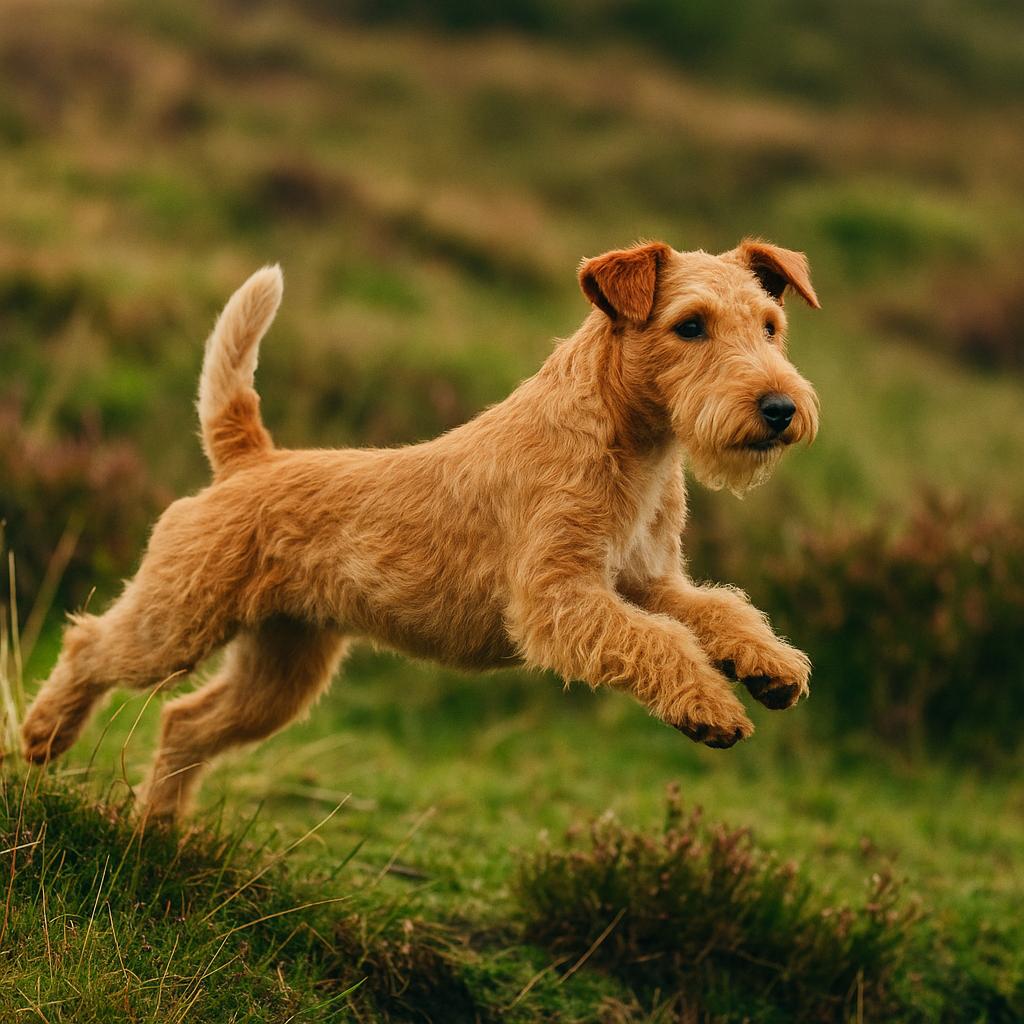
As for nutrition, they are not dogs prone to food allergies or intolerances. A balanced and healthy diet is enough to ensure good development and health of the animal.
It cannot tolerate too low temperatures, so it is advisable to keep it indoors during winter.
As for coat care, this is a bit more demanding on the part of the dog owner. His coat must be trimmed regularly and professionally. Since dead hair does not fall out by itself, it must be trimmed by hand.

